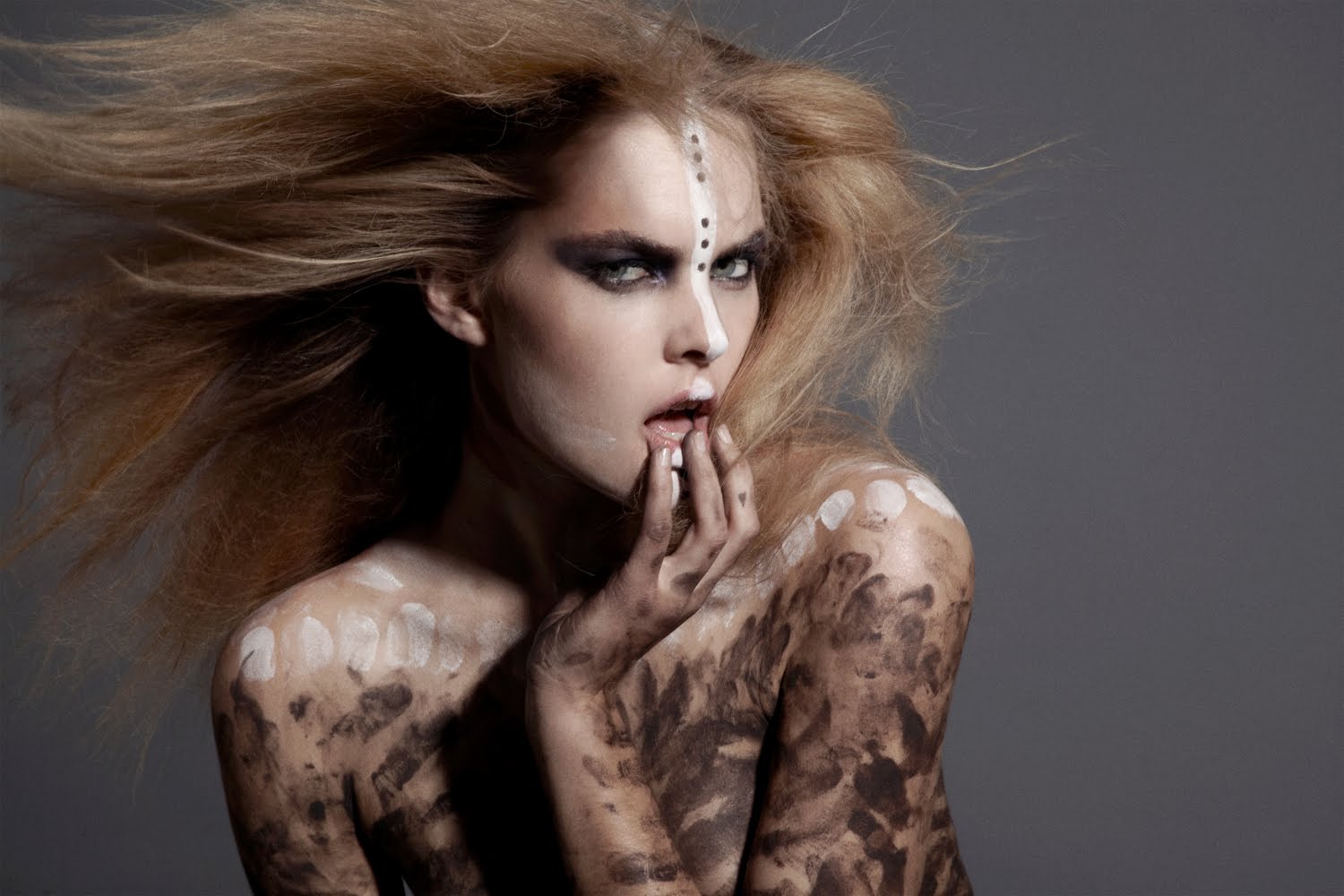


Campbell, author of SURVIVAL SKILLS OF NATIVE CALIFORNIA, where the KUMEYAAY.INFO excerpted material was originally published. Style for a girl who had not had sexual intercourse was a red line on each cheek from the eye downward.Īlso, please see Paul Campbell's earlier book, now in its second edition:īUY THIS BOOK NOW on Photos and text courtesy of Paul D. Black around the eyes and from each eye two red stripes descending over the cheeks was a facial design for a girl of much sexual experience. Gifford saw a girl of 16 painted in bluish black whose elaborate pattern included two vertical lines dropping down from each eye with a parallel row of four dots between each set of lines.Īnother young woman had three concentric rings of brown dots near each corner of the mouth. Gifford saw a variation of humal auyurl on the face of a nine or ten year old girl: within a large X, painted in brownish red on each cheek, were four Vs whose sides paralleled the sides of the X and opened outward (see cheeks of earliest documented Mohave clay figurine and early photograph of a Mohave woman).Īnother daily variation, seen on a man, had two black vertical stripes dropping down from each eye and from each corner of the mouth over a face painted entirely red.

More complex patterns were evident when Edward Gifford visited the remote Cocopa in the early 1930s when everyone still painted their face.įor a fiesta, a man might paint his face red with a black X on each cheek, a -pattern known as humal auyurl. Likely, only the simpler patterns had survived into his boyhood. These Cocopa face painting drawings are based on recent schematic sketches by a middle-aged Cocopa man. Patterns for young men or for relatives of a deceased in the cremation ceremony. WORD-FOR-WORD EXCERPT from Paul's new book:Ĭocopa face painting include patterns for fiestas or funerals, in red or blue. REVIEW THIS BOOK (With Buy Now Info Link to ) The book also discusses the origin of CAVE ART in California, and the latest atomic accelerator testing of the ancient pigments used by the California Indians.
#Tribal body paint eyes skin
This fully-researched book includes all facets of Native California pigments and paint, including physical, social, spiritual in great detail and reveals how the Indians turned yellow pigment red, and they made blue from white gypsum and black charcoal, and it gives many other recipes for Indian paint. In his analysis of the underlying raison d’tre for all tribal body painting, Michel Thvoz in The Painted Body states: the skin decoration is functionally designed to dehumanize, depersonalize,to baffle identification. Campbell's newest book, EARTH PIGMENTS AND PAINT: MEANING AND TECHNOLOGY. Note: These illustrations and writing are parts of Paul D. Campbell (four of 120 illustrations included in Paul's book). Mohave Mojave, Cocopah Cucapa, Chunut Yokuts Indian face painting illustrations by reseacher Paul D. Otjize functions as a highly desirable aesthetic beauty cosmetic, symbolizing not only earth's rich red color but also blood, the essence of life.CALIFORNIA INDIAN FACE PAINTING Mohave Cocopah Yokut Tribal Design Meaning Online Museum Research Native American face painting, Mohave Mojave, Cocopah Cucapa, Chunut Yokuts body paint of the California Indians of Southern California, northern Baja California, southwestern Arizona Yuman Indian tribes. The cosmetic mixture, often perfumed with the aromatic resin of the omuzumba shrub, gives their skin and dreadlock hair plaits a distinctive orange or red-tinged characteristic. Himba people, especially women, are famous for covering themselves with otjize paste, a cosmetic mixture of butterfat and ochre pigment, which cleanses the skin and protects them from the extremely hot and dry climate, as well as, from insect bites. They occasionally wear sandals for footwear. Typically this consists of simple, yet fashionably designed skirt-like clothing made from calfskins and sheep skin or increasingly from more modern textiles. Both the Himba men and women wear traditional clothing that befits their living environment in the hot semi-arid climate of the region. The Himba tribes people of northern Namibia in southern Africa are predominately livestock farmers who breed fat-tail sheep and goats but count their wealth in the number of their cattle. The Fashion Conscious Himba Tribes of Namibia


 0 kommentar(er)
0 kommentar(er)
